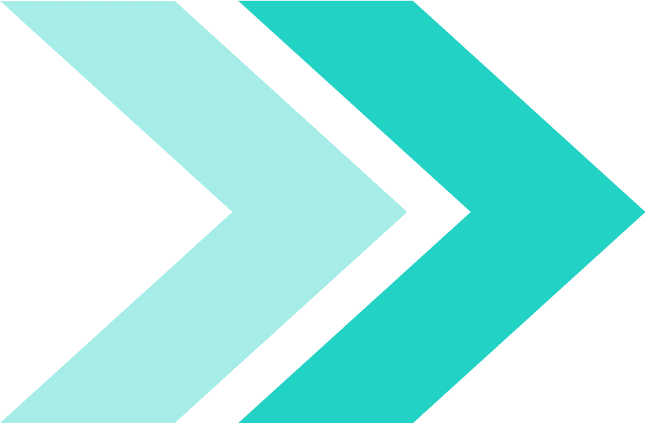Introduction
When working on a construction project that involves wet or humid environments, water resistance is one of the most important factors to consider. Many builders and homeowners often ask:
“Is fiber cement board waterproof?”
The answer is clear: Fiber cement board is not fully waterproof, but it is highly moisture-resistant. This makes it an excellent material for areas exposed to humidity, splashes, or even consistent outdoor rainfall.
What Makes Fiber Cement Moisture-Resistant?
Fiber cement board is made from a well-balanced mix of:
- Portland cement
- Silica or fly ash
- Cellulose fibers
- Water and binding additives
This composition creates a dense, durable panel that does not absorb water like traditional wood or gypsum-based boards. It resists rot, swelling, and warping — even in wet conditions — which is why it’s frequently used in both indoor and outdoor applications.
Is It 100% Waterproof?
No building panel is completely waterproof unless sealed with an impermeable layer. However, fiber cement board offers a high degree of water resistance:
- It does not absorb moisture easily.
- It does not degrade over time due to dampness.
- It resists the formation of mold and mildew.
If installed correctly, fiber cement board performs exceptionally well in humid conditions and can last for decades without damage.
Ideal Areas of Use
Because of its moisture resistance, fiber cement board is a great fit for the following environments:
- Bathrooms and Wet Areas
Used as a backing board under tiles and around wet zones to provide long-term protection. - Kitchens and Laundry Rooms
Withstands occasional water splashes and steam, making it a low-maintenance choice. - Basements
Prevents moisture buildup and structural weakening that often occurs with wood-based panels. - Exterior Cladding and Facades
Performs reliably in regions with high rainfall or sea air without needing frequent repainting or replacement.
Installation Matters
While fiber cement is moisture-resistant by design, how it is installed also impacts its long-term performance. Follow these tips for the best results:
- Apply a waterproofing membrane behind boards in wet zones.
- Leave proper gaps between boards for expansion and drainage.
- Use rust-resistant screws and weather-tolerant fixtures.
- Avoid sealing it with paint unless recommended by the manufacturer.
When combined with proper techniques, fiber cement becomes one of the most dependable materials in wet or damp conditions.
Conclusion
So, is fiber cement board waterproof? Not entirely — but its exceptional moisture resistance, durability, and mold resistance make it a far better alternative to wood or gypsum in environments where water exposure is a concern.
Whether you’re building a bathroom, cladding an exterior wall, or reinforcing a basement, fiber cement board provides long-lasting protection without the drawbacks of traditional materials.
Ready to build with confidence in wet conditions?
👉 Visit the Smartfiber Fiber Cement Board page to explore specs, sizes, and delivery options.
Authored by Smartcon Int’l. Trade & Marketing Ltd. on 15.07.2025. All rights reserved.

